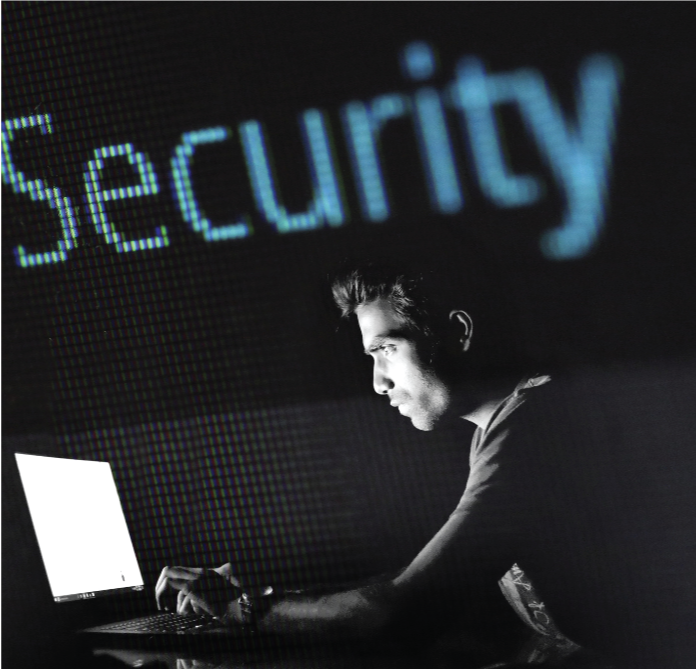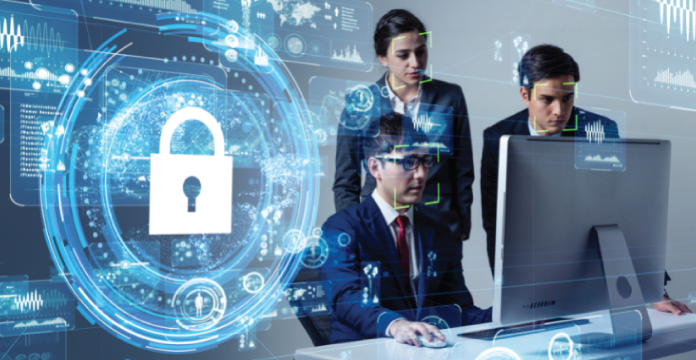
Human factor security is necessary due to the growing cybersecurity skills gap.
October, not January, is the month for cybersecurity awareness. However, cybersecurity is too crucial to focus on for only one month. Although technology is important in preventing cyber threats, people and training are the ultimate protection.
Globally, a number of variables, like the transition to remote work during the pandemic and also socio-political crises, such the crisis in Ukraine, are contributing to the rise in cyberattacks. However, the enormous talent and skill disparity in cyberspace continues to be the biggest barrier to reducing attacks.
In contrast to 2021, the worldwide cyber workforce gap widened by over 25% this year, according to (ISC)2 the world’s largest nonprofit association of certified cybersecurity professionals. It is necessary to fill more than 3.4 million vacant posts. The fact that employers frequently prejudge potential cybersecurity candidates as needing a strong technical expertise is one factor in this. This is just untrue, as with the right instruction, anyone can use their current abilities to their fullest potential in the security sector and fill responsibilities.
It shows the organization’s dedication to investing in the individual and appreciation for their value when joint management and individual reflection on performance development are used. For the organization, this demonstration gives the individual the internal desire to commit to the process of continual improvement of their security behavior, the maturation of its cyber defense model, and a clearer knowledge of where the individual can fit in this endeavor.
The commercial sector and the government working together to make society more cyber resilient and safe can greatly strengthen the organization’s commitment to establishing the human firewall. The cooperation would allow the private sector’s creativity and innovation to influence the framework rules, best practices, and certifications.
It is also possible to upskill the current staff to better defend businesses from intrusions. Generic training has been shown to be useless in constructing and bolstering the organization’s cyber model effectiveness against the constantly shifting threat environment, which is typically driven by compliance requirements. The usual strategy of using technology to close the growing gap is no longer effective against today’s sophisticated cybercriminals.
All of these elements emphasize the necessity of making investments in creating a “human firewall.” Each employee needs to be upskilled through training that emphasizes ongoing improvement of situational awareness in their function within the corporation as well as all activity on social media for both personal and professional reasons in order to manage such an effort. The training should be structured around preparation, practice, and reflection on outcomes. Training should begin with the identification of each employee’s critical skills, which are then the focus of purposeful practice and training with the aim of enhancing performance in the use of these skills to accomplish the intended security behavior.
The training must constantly update prior knowledge while also offering fresh information to help participants develop the situational awareness necessary for their roles.
The individual’s trust in their ability to observe adversary activity in their environment and their instinct to act at a speed faster than the attacker can counter will increase as a result of regular practice settings that test this increased awareness.

It shows the organization’s dedication to investing in the individual and appreciation for their value when joint management and individual reflection on performance development are used. For the organization, this demonstration gives the individual the internal desire to commit to the process of continual improvement of their security behavior, the maturation of its cyber defense model, and a clearer knowledge of where the individual can fit in this endeavor.
The commercial sector and the government working together to make society more cyber resilient and safe can greatly strengthen the organization’s commitment to establishing the human firewall. The cooperation would allow the private sector’s creativity and innovation to influence the framework rules, best practices, and certifications.